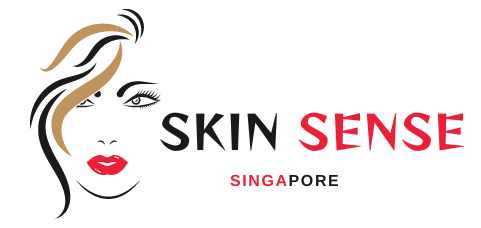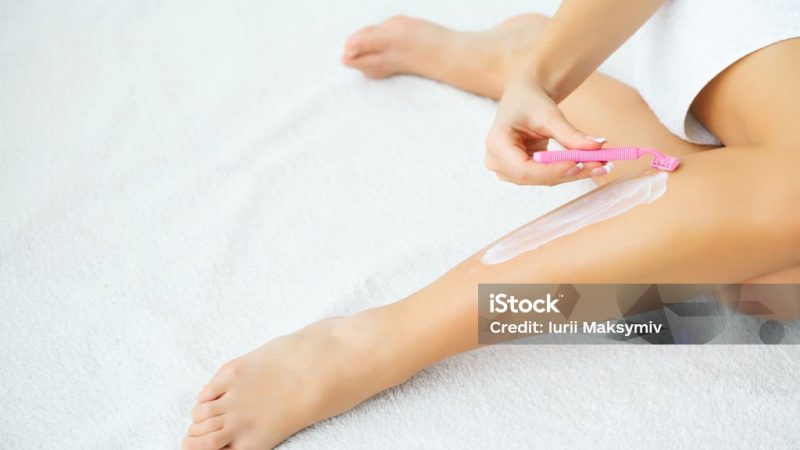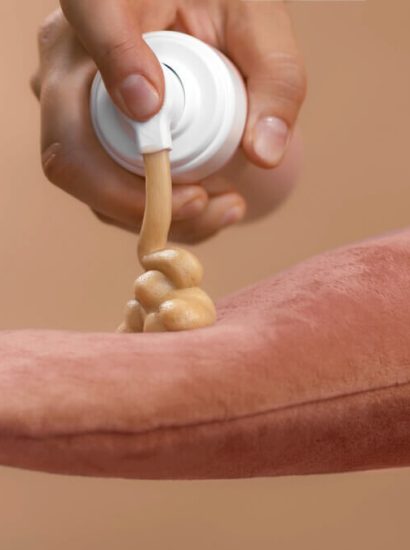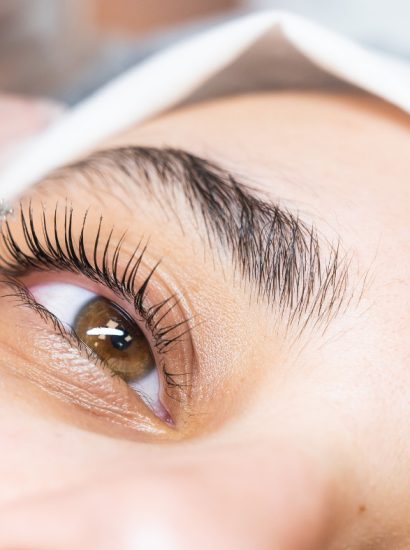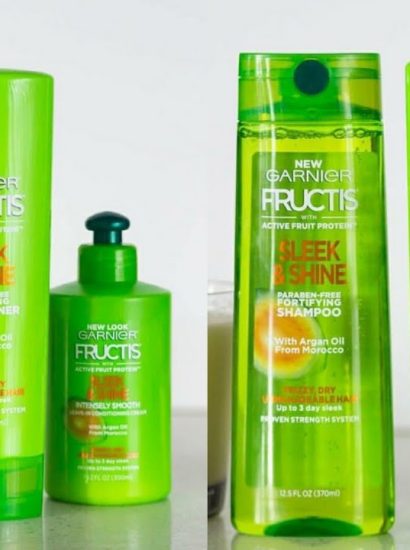When it comes to hair removal, the bikini line is one of the most sensitive and delicate areas of the body. Whether you prefer shaving, waxing, or other methods of hair removal, ensuring the process is done correctly can make all the difference in achieving smooth and irritation-free skin. Unfortunately, many individuals make mistakes during their bikini line hair removal routine that can lead to discomfort, bumps, or ingrown hairs. In this article, we’ll go over 10 common mistakes to avoid during bikini line hair removal to ensure that you get the best results.
1. Skipping Pre-Removal Preparation
One of the most common mistakes people make is not properly preparing their skin before hair removal. The bikini line is highly sensitive, and it’s crucial to hydrate and exfoliate the skin before starting. Failing to do so can lead to irritation, redness, or even razor burn.
How to Avoid It: Exfoliate the area gently using a body scrub or an exfoliating brush to remove dead skin cells and prevent ingrown hairs. Make sure your skin is clean and dry (or properly moisturized, depending on your method) before you begin.
2. Using Dull Razors or Waxing Tools
Using a dull razor or waxing strips is another common mistake that can lead to poor results. A blunt razor can cause uneven shaving, increase the likelihood of nicks and cuts, and even cause skin irritation. Similarly, old waxing tools can be less effective, leading to pain or leftover hair.
How to Avoid It: Always use a sharp razor or fresh waxing strips when grooming your bikini line. If you’re using waxing, ensure the wax is at the right temperature to avoid burns. Regularly replace razors and waxing tools to maintain smooth, safe hair removal.
3. Shaving or Waxing Without Proper Moisture
Dry shaving is a major no-no, especially for the bikini line. Without moisture, shaving can cause cuts, burns, and an uneven shave. Waxing without pre-waxing oils or lotions can also result in irritation, redness, or incomplete hair removal.
How to Avoid It: Always moisturize the area before shaving, and use a shaving cream or gel to ensure smoothness and prevent friction. For waxing, use a pre-wax oil to create a barrier between the wax and your skin, which helps minimize irritation.
4. Shaving Against the Grain
Shaving against the hair’s natural growth can lead to irritation, ingrown hairs, and razor burn. While it may seem like a way to achieve a closer shave, it often causes more harm than good in sensitive areas like the bikini line.
How to Avoid It: Always shave in the direction of hair growth. Shaving with the grain ensures a smoother, less irritated experience. If you prefer a closer shave, consider using an electric trimmer or waxing instead.
5. Shaving Too Quickly or Rushed
Many people rush their shaving routine, especially when working on the bikini line, which can result in cuts, nicks, and uneven shaving. The bikini area requires extra care and attention, as the skin is thinner and more prone to damage.
How to Avoid It: Take your time during the hair removal process. Be patient and gentle when shaving or waxing, especially on the bikini line. Rushing can lead to mistakes, so focus on one small section at a time.
6. Not Giving Your Skin Enough Time to Recover
After hair removal, your skin needs time to heal and recover from the process. Many individuals make the mistake of wearing tight clothing, going to the gym, or exposing their skin to hot water immediately after hair removal, which can cause irritation or breakouts.
How to Avoid It: After hair removal, give your skin at least 24 hours to recover. Avoid tight clothing, hot showers, or swimming in pools with chemicals right after removal. If you’re waxing, try not to touch the area too much to avoid further irritation.
7. Using Harsh Skin Care Products
Another common mistake is applying harsh skin care products to the bikini line after hair removal. Strong exfoliants, perfumes, or products with alcohol can irritate the sensitive skin in this area, especially after waxing or shaving.
How to Avoid It: Use mild, fragrance-free products after hair removal. Opt for soothing lotions or oils that calm the skin, such as aloe vera gel or tea tree oil. Avoid products that may sting or dry out the skin, as they can increase discomfort.
8. Ignoring Potential for Ingrown Hairs
Ingrown hairs are a common issue with bikini line hair removal. If not properly addressed, they can lead to irritation, bumps, or infection. Ignoring the problem can make it worse and affect the appearance of your skin.
How to Avoid It: Prevent ingrown hairs by exfoliating regularly and moisturizing the skin. You can also use products that target ingrown hairs, such as salicylic acid creams or exfoliating scrubs. If you notice an ingrown hair, avoid picking at it and instead treat it with a gentle exfoliator to encourage the hair to grow out properly.
9. Not Using Proper Hair Removal Techniques
Whether you’re shaving, waxing, or using an epilator, using improper techniques can result in uneven hair removal, skin irritation, or even more serious skin damage. For example, pulling the wax strip too quickly or too slowly can cause pain, and using the wrong razor for your skin type can lead to cuts.
How to Avoid It: Follow the instructions for your chosen method of hair removal closely. If you’re waxing, make sure to apply the wax in the direction of hair growth, and pull the strip off quickly and in the opposite direction. For shaving, use a razor designed for sensitive skin and replace it regularly to ensure smooth results.
10. Neglecting to Moisturize After Hair Removal
One of the most overlooked steps in bikini line care is moisturizing. Skin that’s recently shaved or waxed can become dry and irritated if not properly hydrated, leading to discomfort and longer healing times.
How to Avoid It: After removing hair, apply a gentle moisturizer to the bikini line to keep the skin hydrated and soft. Look for moisturizers with calming ingredients like aloe vera, shea butter, or coconut oil. Hydrated skin will also heal more quickly and reduce the risk of irritation.
Conclusion: Achieving a Smooth and Comfortable Bikini Line
Proper bikini line hair removal requires attention to detail and care. Avoiding common mistakes such as skipping preparation, using dull tools, or rushing the process can make a world of difference in achieving a smooth, irritation-free result. Taking time to exfoliate, moisturize, and follow the best practices for each method will ensure you avoid bumps, ingrown hairs, and razor burn. With the right approach, your bikini line can stay smooth and healthy, leaving you feeling confident and comfortable.
FAQs
1. How can I prevent ingrown hairs on my bikini line?
Exfoliate regularly, moisturize the area, and use hair removal methods that don’t damage the skin. If you do get an ingrown hair, avoid picking at it and treat it with an exfoliating scrub to encourage it to break through the skin.
2. Is waxing better than shaving for bikini line hair removal?
Both waxing and shaving have their pros and cons. Waxing offers longer-lasting results, as it removes the hair from the root, but it can be more painful. Shaving is quicker and less painful but may result in ingrown hairs and needs to be done more frequently.
3. Can I use regular soap to shave my bikini line?
Regular soap can be drying, so it’s better to use shaving cream or gel designed for sensitive skin. These products create a barrier that allows the razor to glide smoothly, reducing irritation.
4. How often should I shave or wax my bikini line?
Shaving typically needs to be done every 2-3 days, while waxing can last anywhere from 3 to 6 weeks, depending on how fast your hair grows. It’s important not to overdo it to allow the skin time to recover between hair removal sessions.
5. Can I apply sunscreen to my bikini line after hair removal?
Yes, but wait at least 24 hours after shaving or waxing before applying sunscreen. Skin can be more sensitive post-hair removal, and sunscreen may cause irritation if applied too soon.
Also read : Women’s Shoe Size Chart: 10 Essential Things You Need to Know
